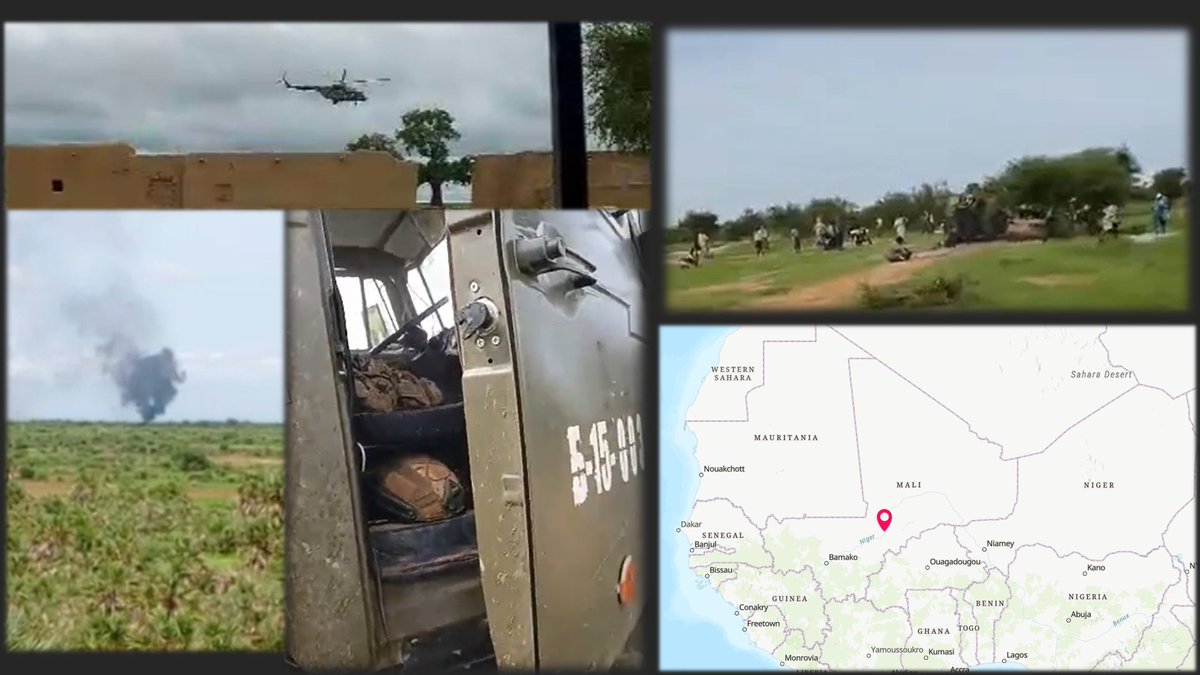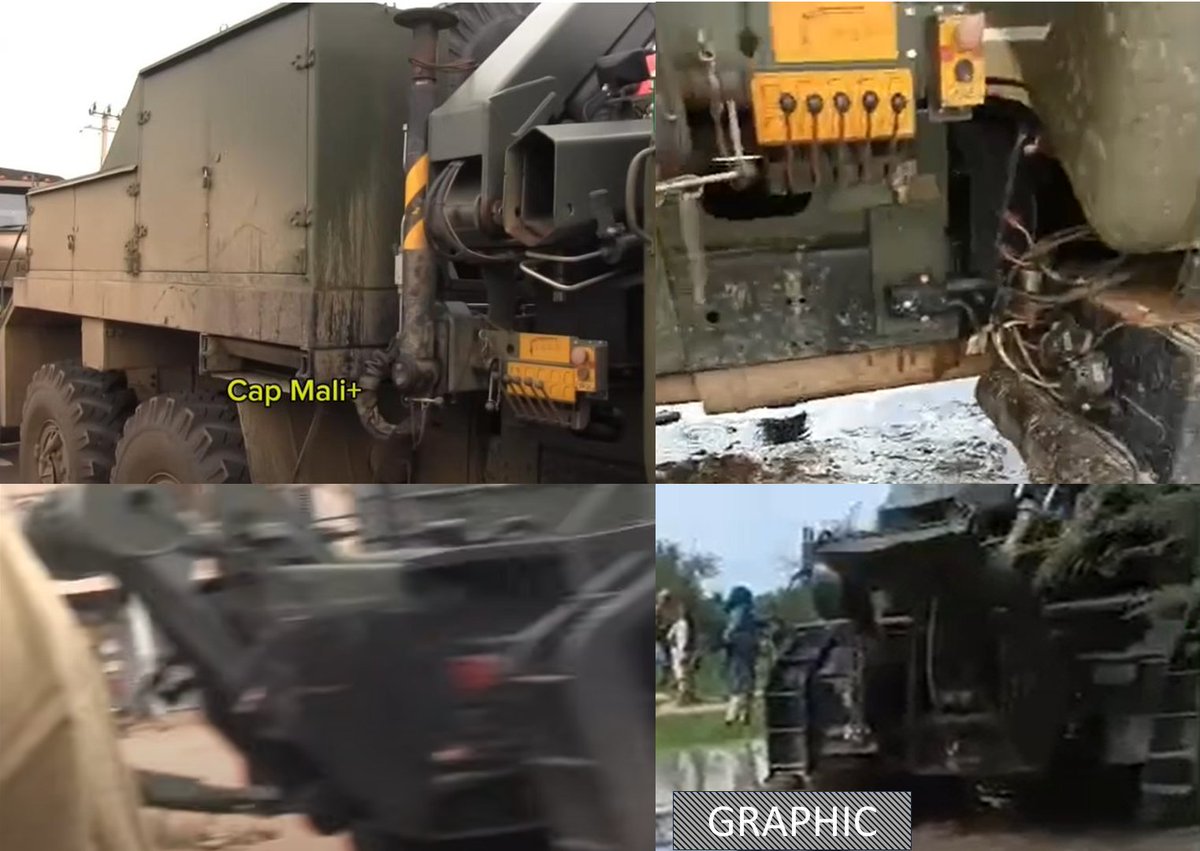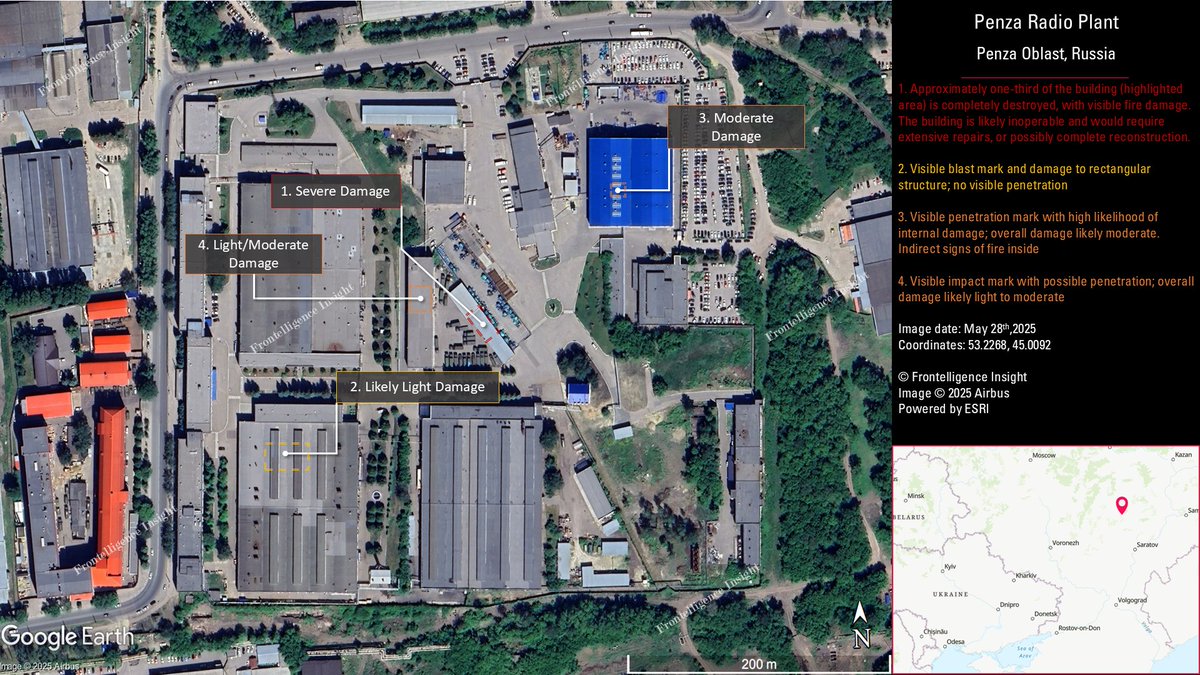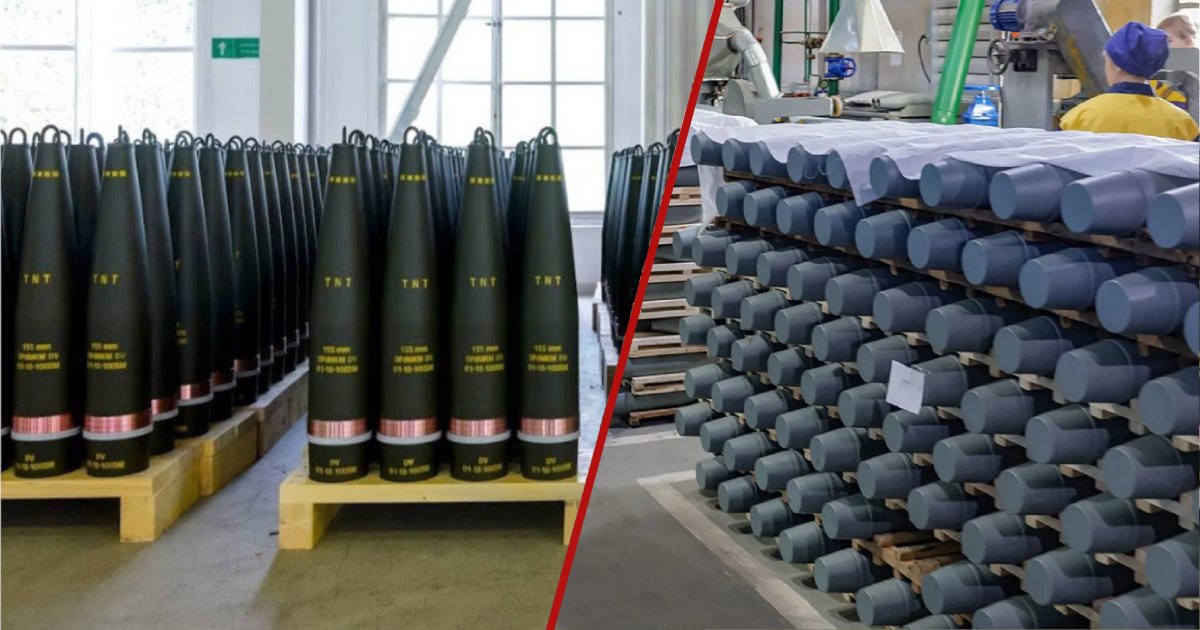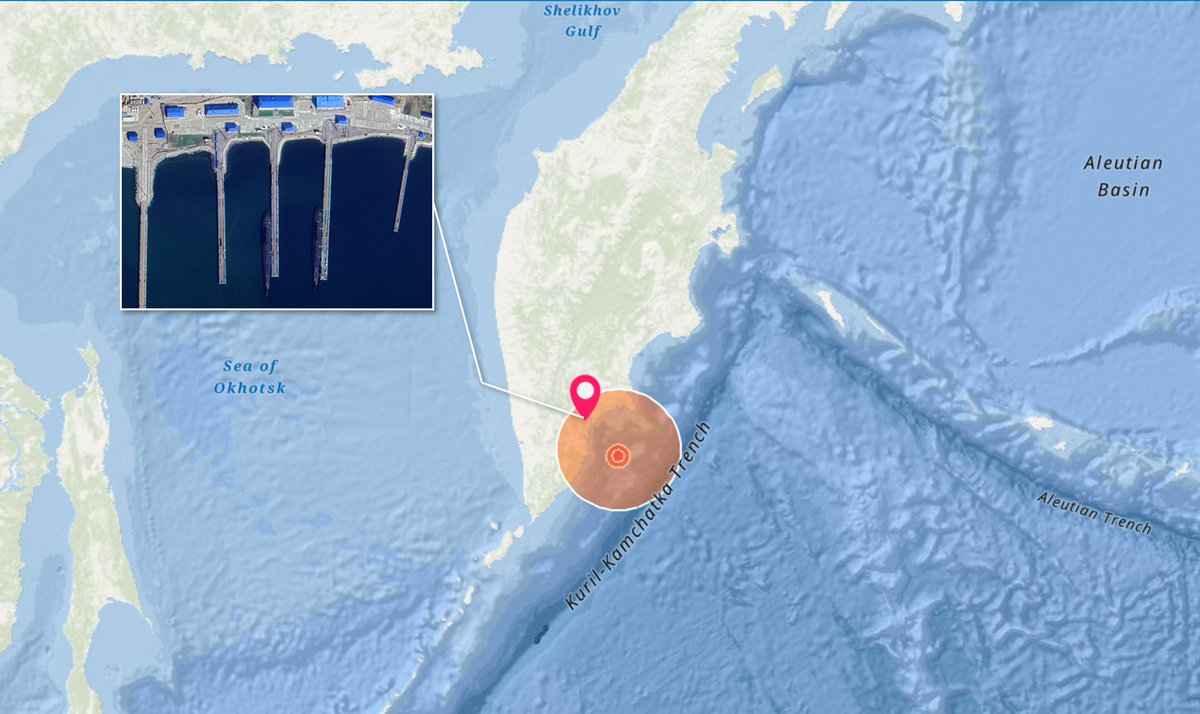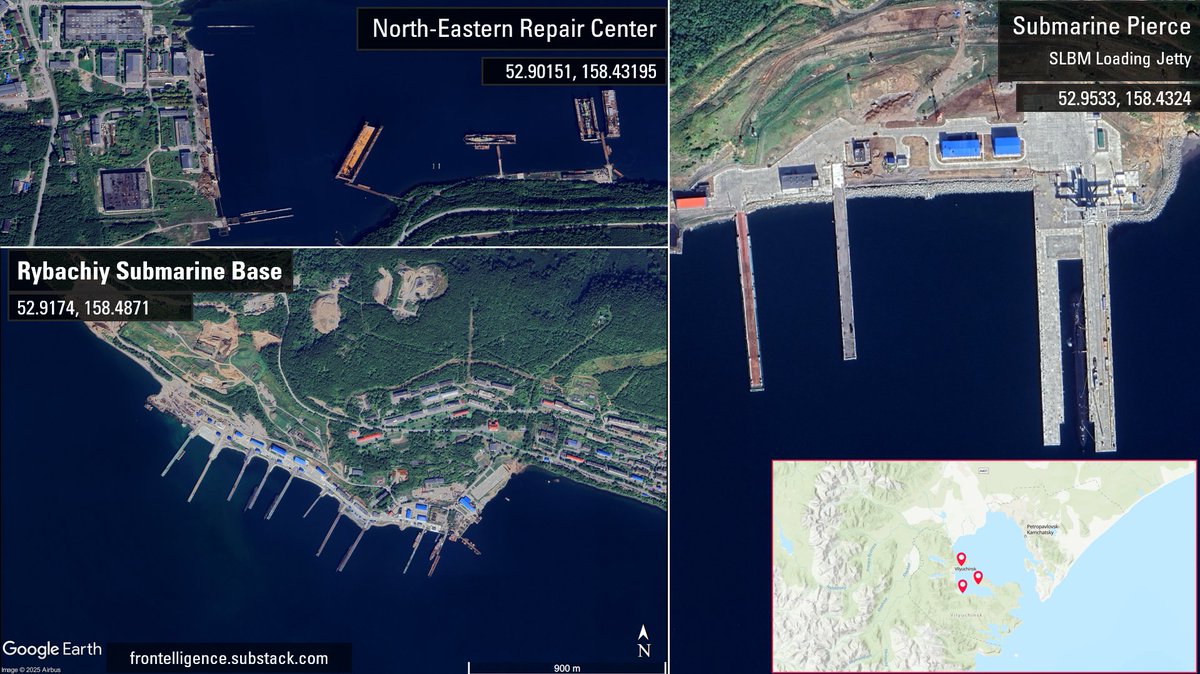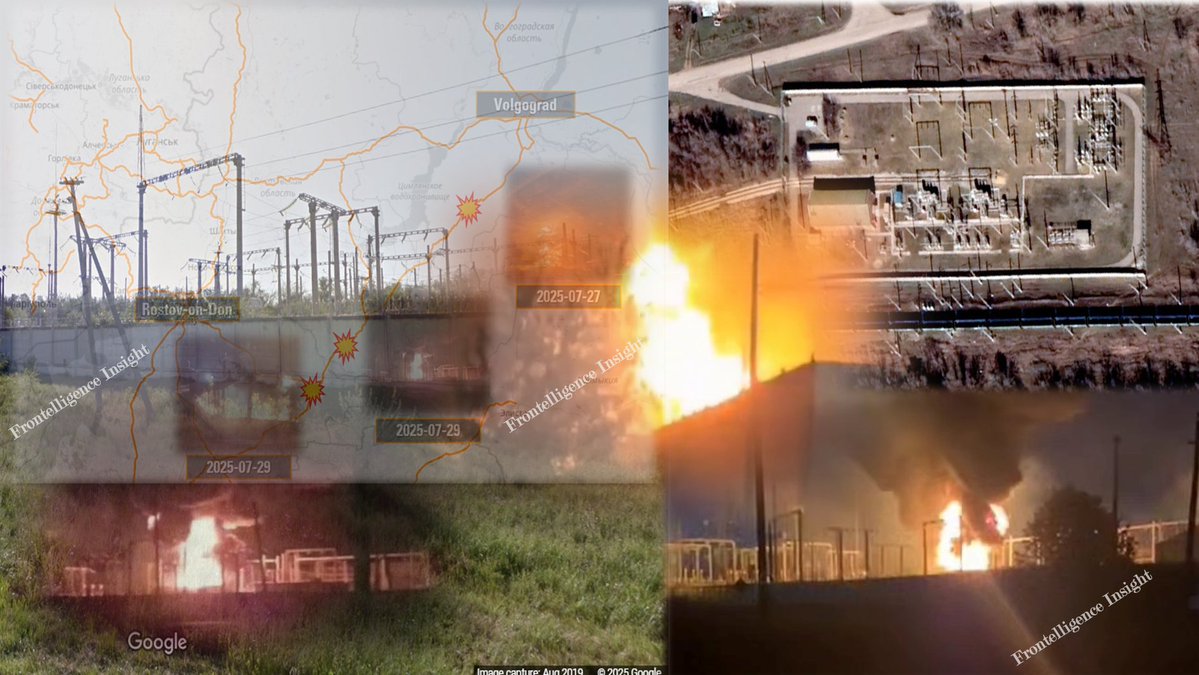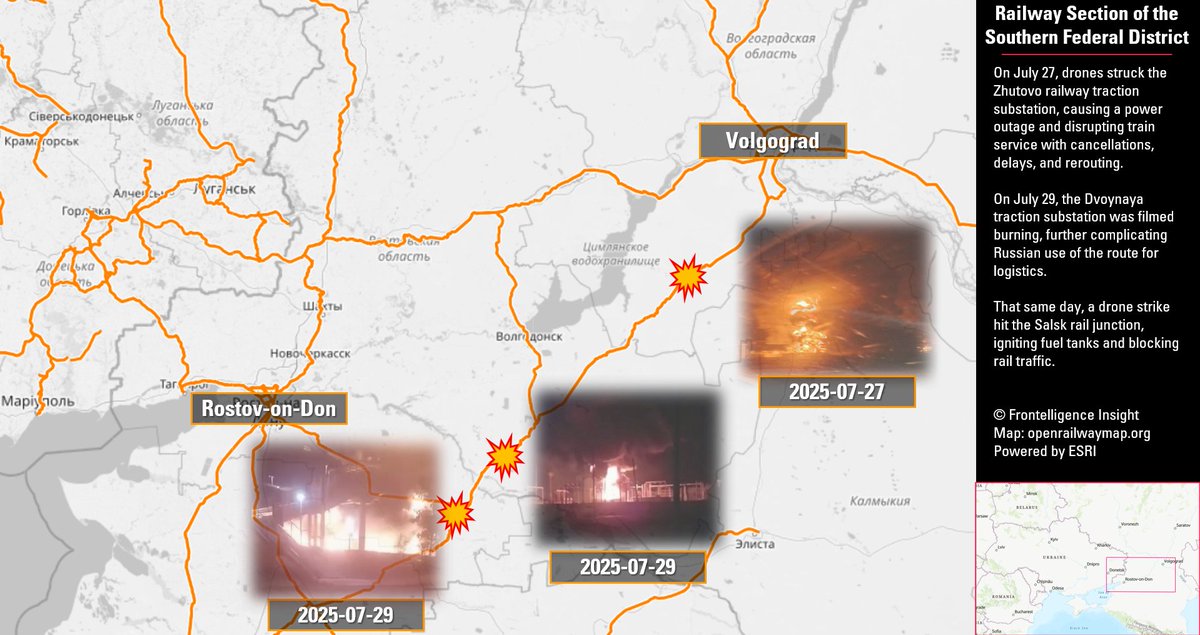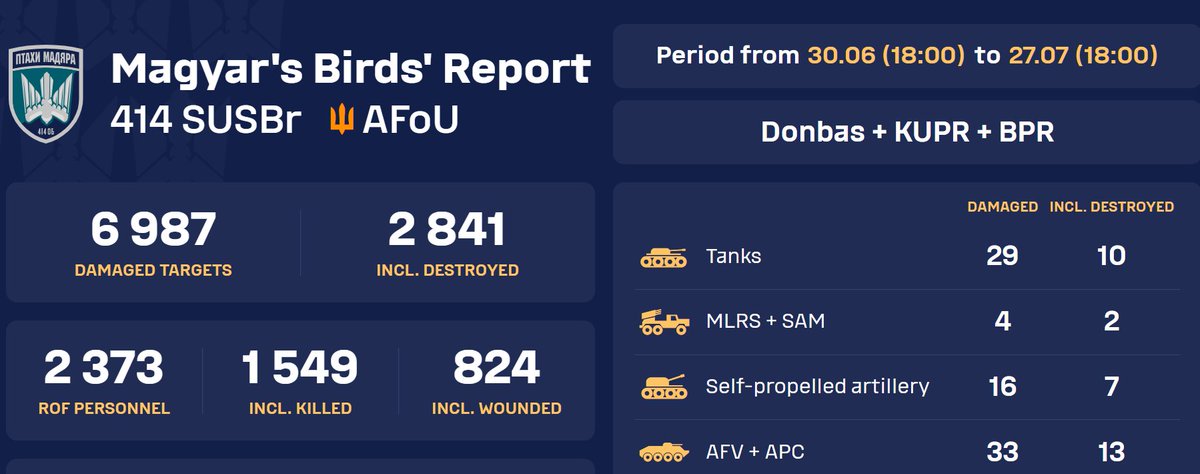Instead of replying to each question, I decided to put together a thread that better explains the context of the recent protest, and why this particular law triggered such an unexpected reaction, especially for those, who don’t follow internal Ukrainian politics. 🧵Thread:
2/ It’s no secret that Ukraine has struggled with corruption. That was one of the main drivers behind the 2013–2014 protests, which eventually led to President Yanukovych being ousted. In the years that followed, Ukraine created specialized anti-corruption institutions to fight it
3/ These institutions were strongly supported, and even required, by the EU and Western partners as conditions for deeper integration and the visa-free regime. The goal was to establish bodies that were independent of presidential control and subject to civilian oversight.
4/ To that end, a separate civilian commission was created to ensure that appointments to the heads of anti-corruption agencies would be transparent and merit-based, not simply direct presidential appointments.
5/ There are ongoing debates about the effectiveness of these agencies, and I won’t attempt to assess them - that’s beyond my expertise. Still, they have handled several high-profile cases involving judges, members of parliament, and top officials.
6/ One of the core issues in Ukraine has been that presidents appointed loyalists to key institutions like the Prosecutor General’s Office, the Ministry of Internal Affairs, and the Security Service. These appointees could bury investigations that were politically inconvenient
7/ In such a system, it made sense to have a semi-independent anti-corruption body capable of investigating figures at the highest levels of government - even those close to the president.
8/ The new law amends the current anti-corruption framework and gives the Prosecutor General, who is appointed by the president, the broader authority to reassign cases from anti-corruption agencies to other bodies, under direct presidential control.
9/ In practice, this means that any corruption investigation targeting people in the president’s inner circle or political allies could be taken away and potentially derailed. Not just Zelensky - but any president. That’s why many people reacted strongly against it.
10/ Yes, just before the vote, the SBU raided the NABU (National Anti-Corruption Bureau, one of the anti-corruption bodies) , claiming links to Russia and suggesting that some employees were compromised.
11/ However, not long ago, multiple high-ranking SBU officers, as well as some in the Armed Forces, were arrested for collaborating with Russia. So it’s unclear how placing NABU and SAPO (another anti-corruption body) under the same framework as the SBU would make it better.
12/ Using that logic, one could argue that every institution, including parliament, which has also been infiltrated by Russian agents, should be placed under presidential control. Clearly, that line of reasoning doesn’t hold water.
13/ Whether the public reaction is exaggerated or justified isn’t for me to judge. But this context is important for anyone unfamiliar with Ukraine’s internal politics to understand why the backlash occurred.
Notably, in one of his invasion speeches in February 2022, Putin directly criticized and attacked the existence of Ukraine’s anti-corruption bodies, including NABU and SAPO.
• • •
Missing some Tweet in this thread? You can try to
force a refresh


